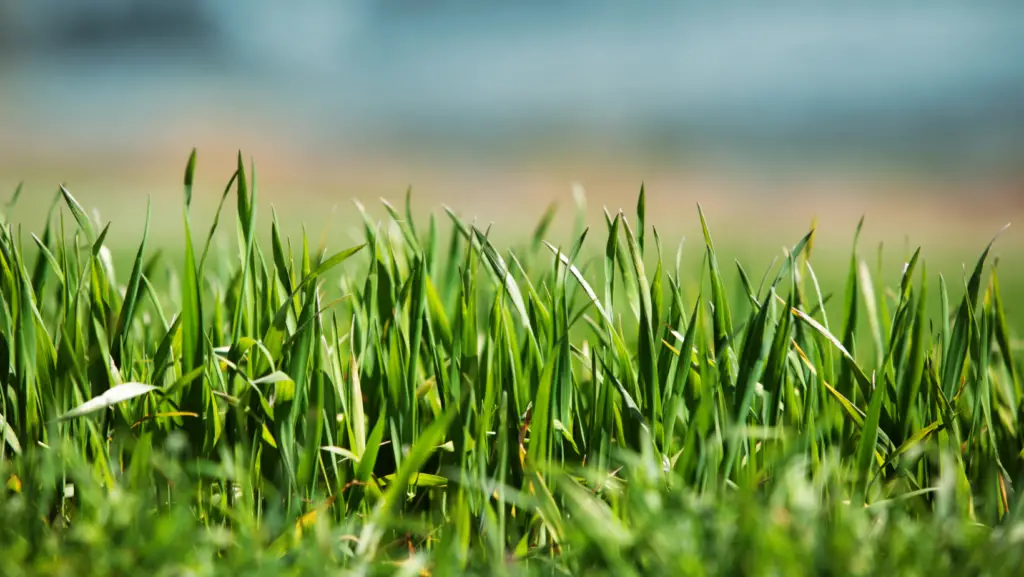
Are you struggling to grow green, lush grass on your property? Or perhaps a particular area of your yard seems more problematic when planting grass seeds? This could be due to having hard dirt on that specific location.
Planting grass seeds on hard dirt soil is possible if you prep your land first, but it requires you to commit your time and energy to obtain the results you are looking for.
As a gardener and landscaper with more than four years of experience, I’ve asked myself how to plant grass seeds on hard dirt before – and these are my go-to solutions for this issue:
The best method to plant grass on hard soil
If the soil has hard dirt it means it’s compacted soil. Thus, you will need to amend it so the seeds can grow. It’s all about working with nature and not against it.
Here’s everything I do to improve the soil’s growing conditions:
First, get a soil test
You could do a simple homemade soil test which will allow you to see what type of soil you have. Once you know your soil type, you could try to remediate it accordingly instead of throwing seeds and waiting for the best to occur.
Dig a hole in the area you would like to plant grass. It doesn’t have to be a deep hole, around 5 inches will be enough. Then fill the hole with water. Take some wet soil with your hands whenever the water has drained.
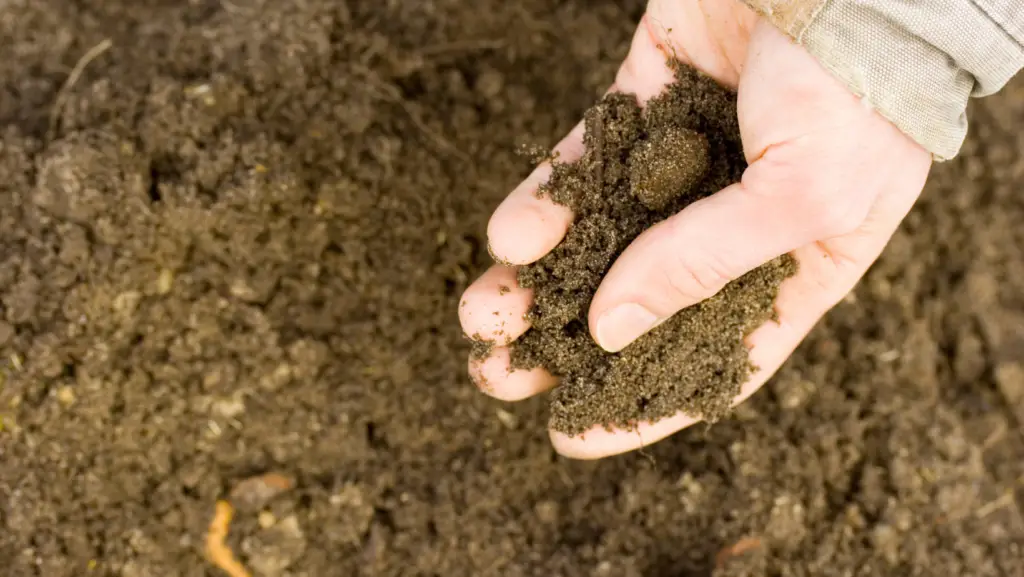
Feel the soil, and drain as much water as possible with your hands. How does it feel? Can you mold the soil easily? Does the shape stay? What about its color and smell? Is it more brown than black? Does it smell like earth or it doesn’t have any fragrance?
These are all important questions that will help you achieve your goals. Leave the piece of mud to dry for a couple of hours, and when you come back to it, try and do the same feel and smell test.
Does the piece of mud feel drier? Is it hard to touch? If so, your soil has a large clay percentage.
If the mud feels wet and crumbly, smells like the earth, and is more black than brown, then your soil could have a higher percentage of loam.
Lastly, if your soil doesn’t stay in the shape you tried to mold it, and instead feels like crumble, the percentage of sand is higher.
Ideally, your soil would be loamy. So, how do you take your hard dirt and turn it into loam? How to plant grass seeds on hard dirt soil without breaking your back?
Prepare the soil
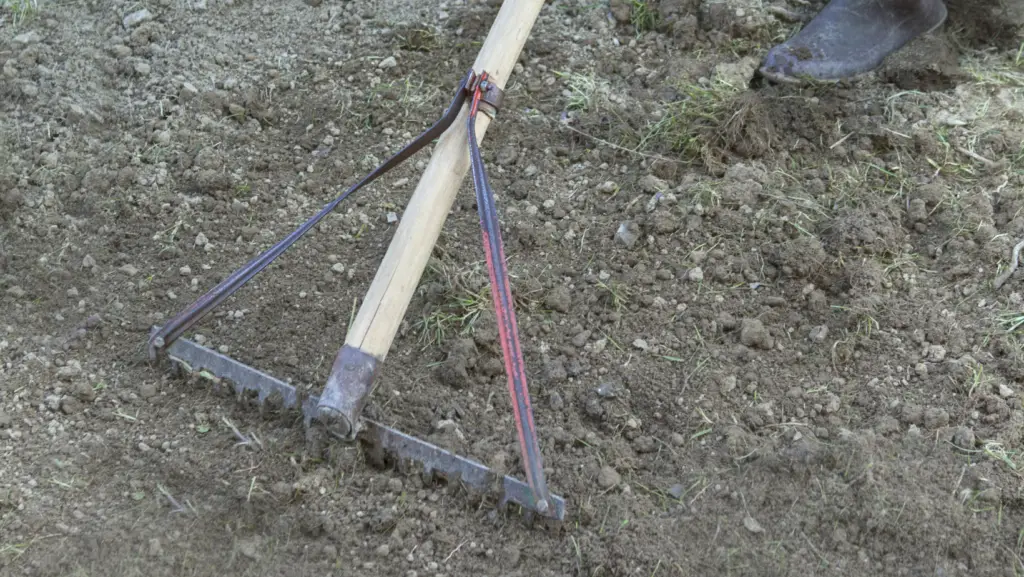
Next time the ground is dry, use a rototiller to work for you. You could use a pickaxe or a garden fork to help your compacted soil become looser. The crucial thing to notice is that you must break up the compacted soil.
- If your dirt stays compacted the seeds won’t grow. The aim is to have dirt that is loose and has as many nutrients as possible. This way, the grass seeds won’t compete against the compacted dirt or unwanted weeds.
- Remove all the big and small rocks you can find. If you find plastic or any other non-organic material, you should also remove it.
- Use the garden fork to help you aerate the soil. Aerating the soil means you create pockets of air, nutrients, and water, inside the soil. This way, it won’t be compacted, and it’ll allow the seeds to infiltrate the soil.
Adding compost
Adding organic compost to the areas you are seeding with grass would be a great idea that will give the seeds an extra push.
Keep in mind that if you place well-decomposed compost, you should water it thoroughly so the seeds receive water too.
Selection of appropriate grass species
Choosing the right seed will protect you from having a headache or dissolution! When you are about to choose the right grass species for your garden, think about these three points:
- What is your budget?
- Where would you like grass to grow?
- What season are you in?
Your budget will determine the authenticity and type of the seeds you are getting. It would be great if you choose organic grass seeds!
Determine the areas you would put grass seeds on. If the area has high traffic, you can consider bermudagrass as it tends to grow quickly and it’ll give your land ‘an organic sponge’ that will also help you control soil erosion caused by foot traffic.
Bermudagrass should be your choice if you are planting during the spring or fall.
On the other hand, if the place you live in usually has strong winds then getting fescue grass seeds could bring your yard back to life.
Bluegrass is another type of seed that tolerates extreme climate conditions such a droughts or floods….and, don’t worry, your grass won’t turn blue! Therefore, you could plant this grass variety throughout the summer.
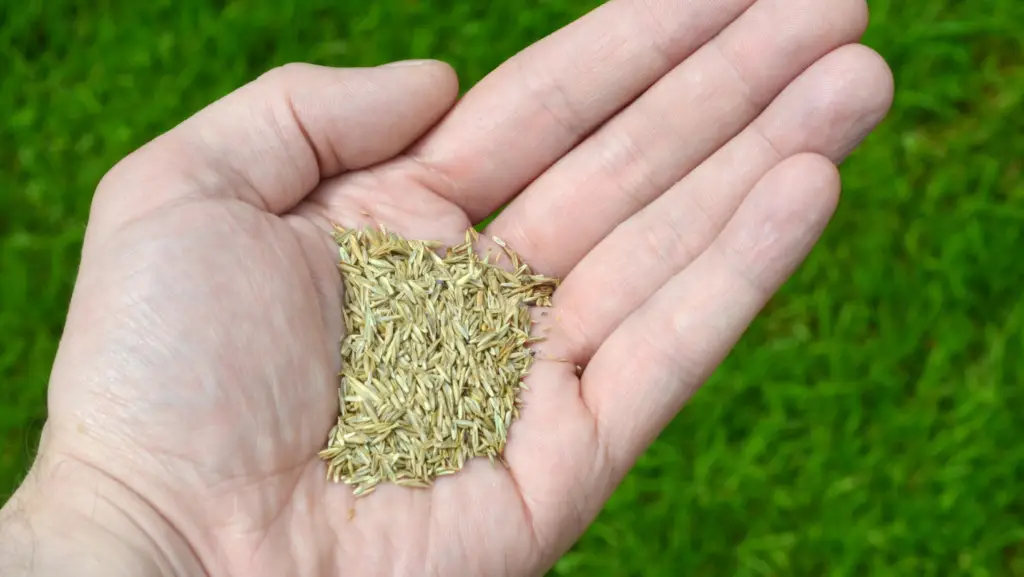
If you don’t know much about grass seeds or types of grasses you can always go to your local nursery and ask for help and information.
Factors affecting grass growth – Best practices after planting on hard dirt
Mulching is your friend
If you observe nature’s patterns you’ll soon realize layers are everywhere. Mulching means you add another layer of material to the grass seeds you just planted.
Thus, after adding more topsoil to the seeds, you could add another layer of grass clippings, straw, shredded banana leaves, or any other organic matter ingredient you can think of that will allow sunrays and water to pass through.
Water, water, and water
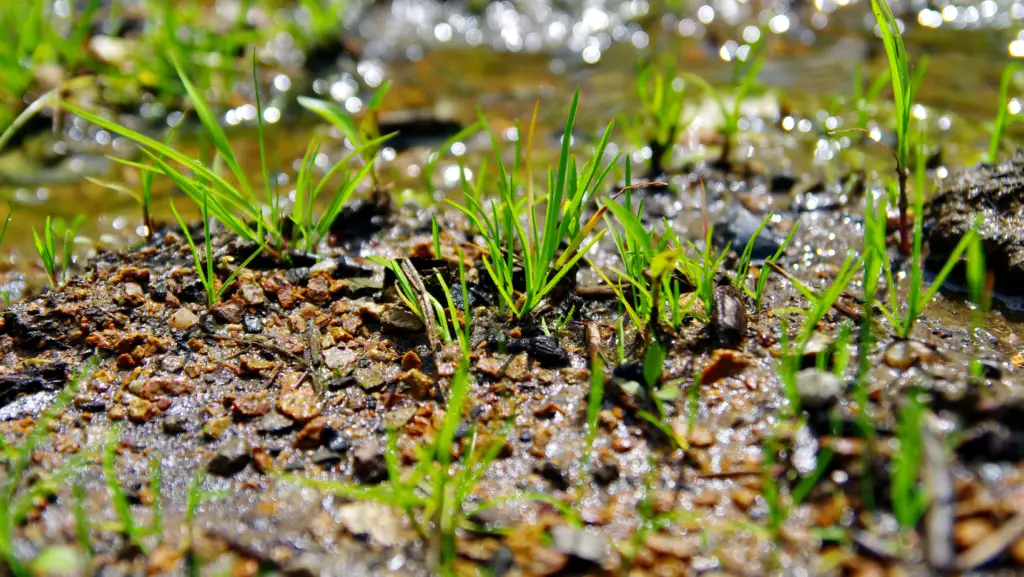
Generally speaking, watering seeds is one of the most important jobs in the garden. Without water, there wouldn’t be life.
You must water the seeds constantly if you are looking to have lush green grass. You don’t want to create puddles of water though; the idea is that you water the seeds often until they germinate.
Once the seeds germinate you can slowly reduce the amount of water you are giving the seedlings.
For example, if you sow the grass seeds on Monday, you will water them daily until they sprouted on Thursday. Starting on Friday, you will water them every two days, if the soil is moist.
If the soil isn’t moist, you will need to water it daily again. Place your hand inside the soil and feel it!
And when the grass seedlings reach three to four inches, you could water them twice or three times a week, depending on the climate.
Mow the grass
I usually mow the grass once it reaches a foot tall, and I would leave the grass clippings on the ground to serve as compost as they being their decomposing journey.
How long does it take for grass to grow on hard dirt?
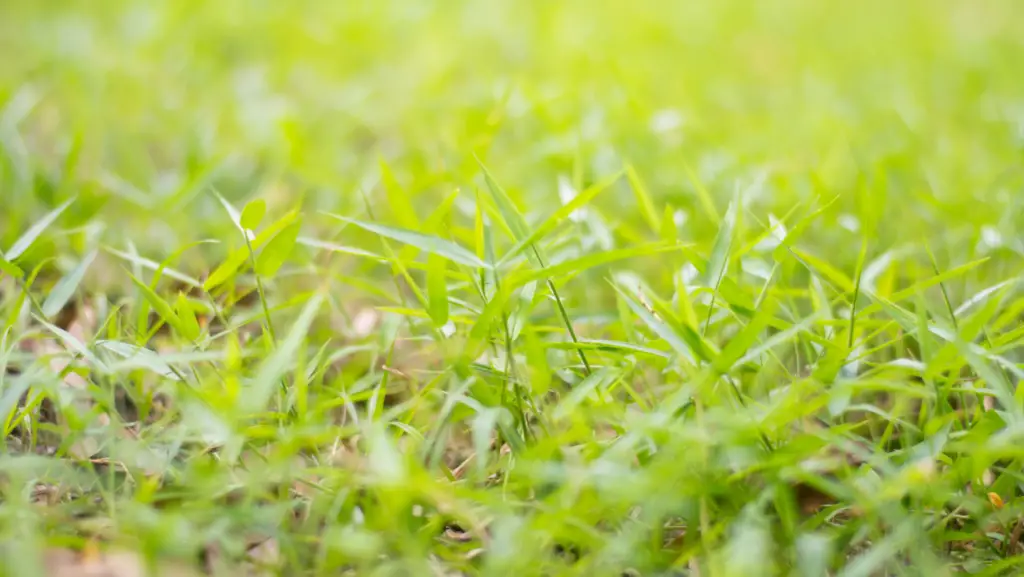
Nature works in incredible ways, yet, establishing a precise timeframe that will indicate how fast grass will grow is really difficult.
For a seed to succeed and germinate, certain conditions must be met; so, think of the correct temperature, water, space, and season you are planting in.
Grass seeds could take less than a week to sprout during spring and summer. However, these seeds could take more than two weeks to grow during fall or winter.
Care for your seeds continously so the seeds can reach their full potential.
Read here our article on how long it takes for seeds to sprout
FAQ
What happens if you don’t bury grass seed?
If you don’t bury your grass seeds, your seed’s germination rate will decrease because you will, inevitably, lose some of these seeds.
Some people would often sprinkle grass seeds throughout the area they are trying to grow grass; unfortunately, these seeds become susceptible to the climate.
For example, if it rains, your seeds could go awash; if it’s too hot, seeds could no longer germinate due to heat stress.
You need to help the seeds grow, and you can only do so if you offer them the right environment to thrive.
Next time consider adding some mulch after planting the grass seeds and observe how different your growing experience will be.
How do you make grass grow faster on hard soil?
You can make grass grow faster by aerating the soil, choosing the right seeds to sow, mulching and watering after planting and avoiding stepping over that area as much as possible.
If you step over the recently sown area you could be compacting the soil even more, which is something you want to avoid.
Will grass grow in fill dirt?
Even though grass could potentially grow in fill dirt, chances are not all the seeds will germinate.
Plants need organic matter filled with nutrients to thrive, and these nutrients can be found on a higher percentage in the topsoil.
Summary
Now you know how to plant grass on hard ground. The important steps can be summarized as follows:
- Determine the type of soil you have.
- Work on the soil by decompacting and aerating it.
- Plant the grass seeds and add a layer of topsoil.
- Water thoroughly.
And enjoy watching your garden begin to transform into a beautiful lawn!

Hi!
I am the guy behind Theyardable.com. I grew up on a homestead and I am here to share the knowledge I have and things I learn while living in the countryside.
